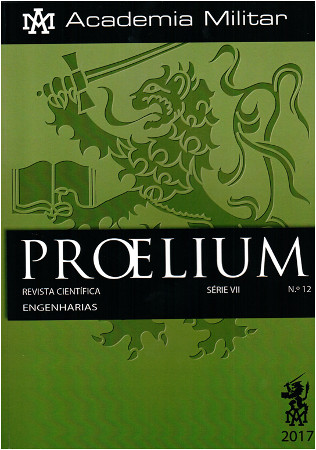Numerical and Experimental Analysis of Ballistic Armors
Palavras-chave:
Armor, Composite materials, Shooting range, Numerical simulations, Ballistic elements, PerforationResumo
The scientific and technological development of armors is always trying to match the constant improvement of weapons and their piercing power, many of these are developed for specific purposes to increase their ability to protect people and equipment. To achieve this objective, it is often necessary to use innovative solutions, in terms of the materials used in the manufacture and in the type of the armor itself. This dissertation intends to take the first steps in the production and testing of ballistic protection materials in real shooting situation, as well as modeling and simulation of the same with the purpose of acquiring skills, techniques and procedures for future work. The theoretical work of this thesis focused on the development of a bibliographic study on the subject, explaining ballistic elements, their evaluation, models of analysis, the explanation of some concepts related to the phenomenon of impact, the characteristics of composite materials and the description of its production process. The experimental work was performed in the shooting range of the Escola das Armas where targets were tested with the produced composite materials and aluminum plates, with different combinations. Modeling and simulation of ballistic elements was performed in order to compare the simulation results with the results of the experimental work. The results obtained from the simulations were acceptable compared to the experimental ones, taking into account that for the comparison purposed it is intended to evaluate in a qualitative manner: the total perforation, partial perforation or non-perforation.Downloads
Publicado
2017-01-01
Edição
Secção
Artigos


